ASM Metals HandBook Vol. 14 - Forming and Forging
Подождите немного. Документ загружается.

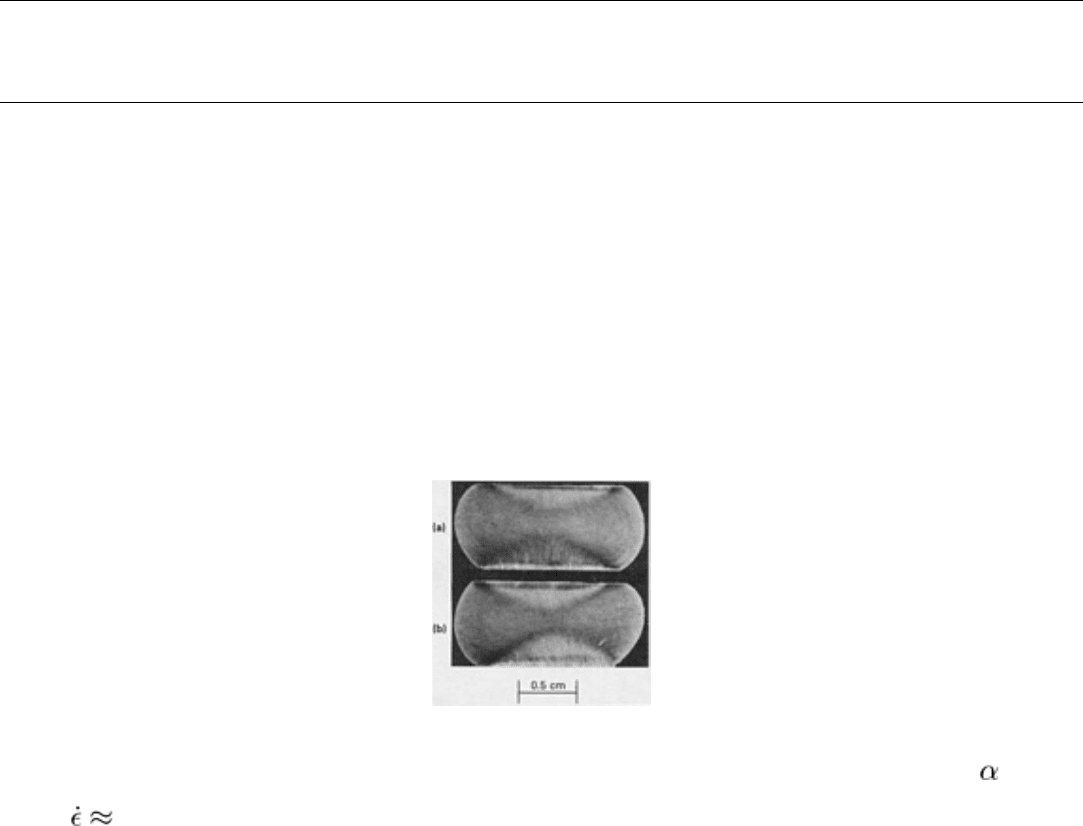
Workability Tests
George E. Dieter, University of Maryland
Tests for Flow Localization
Complex forgings frequently develop regions of highly localized deformation. Shear bands may span the entire cross
section of a forging and, in extreme cases, produce shear cracking. Flow localization can arise from constrained
deformation due to die chill or high friction. However, flow localization can also occur in the absence of these effects if
the metal undergoes flow softening or negative strain hardening.
The simplest workability test for detecting the influence of heat transfer (die chilling) on flow localization is the
nonisothermal upset test, in which the dies are much colder than the workpiece. Figure 25 illustrates zones of flow
localization made visible by sectioning and metallographic preparation.
Fig. 25 Axial cross sections of specimens of Ti-6Al-2Sn-4Zr-2Mo-0.1Si with an equiaxed
starting
microstructure. Specimen
s were nonisothermally upset at 954 °C (1749 °F) to 50% reduction in a mechanical
press ( 30 s
-1
) between dies at 191 °C (376 °F). Dwell times on the dies prior to deformation were (a) 0 s
and (b) 5 s. Source: Ref 32.
The sidepressing test conducted in a nonisothermal manner can also be used to detect flow localization. Several test
specimens are sidepressed between flat dies at several workpiece temperatures, die temperatures, and working speeds.
The formation of shear bands is determined by metallography (Fig. 26). Flow localization by shear band formation is
more likely in the sidepressing test than in the upset test. This is due to the absence of a well-defined axisymmetric chill
zone. In the sidepressing of round bars, the contact area starts out at zero and builds up slowly with deformation. In
addition, because the deformation is basically plane strain, surfaces of zero extension are present, along which block
shearing can initiate and propagate. These are natural surfaces along which shear strain can concentrate into shear bands.
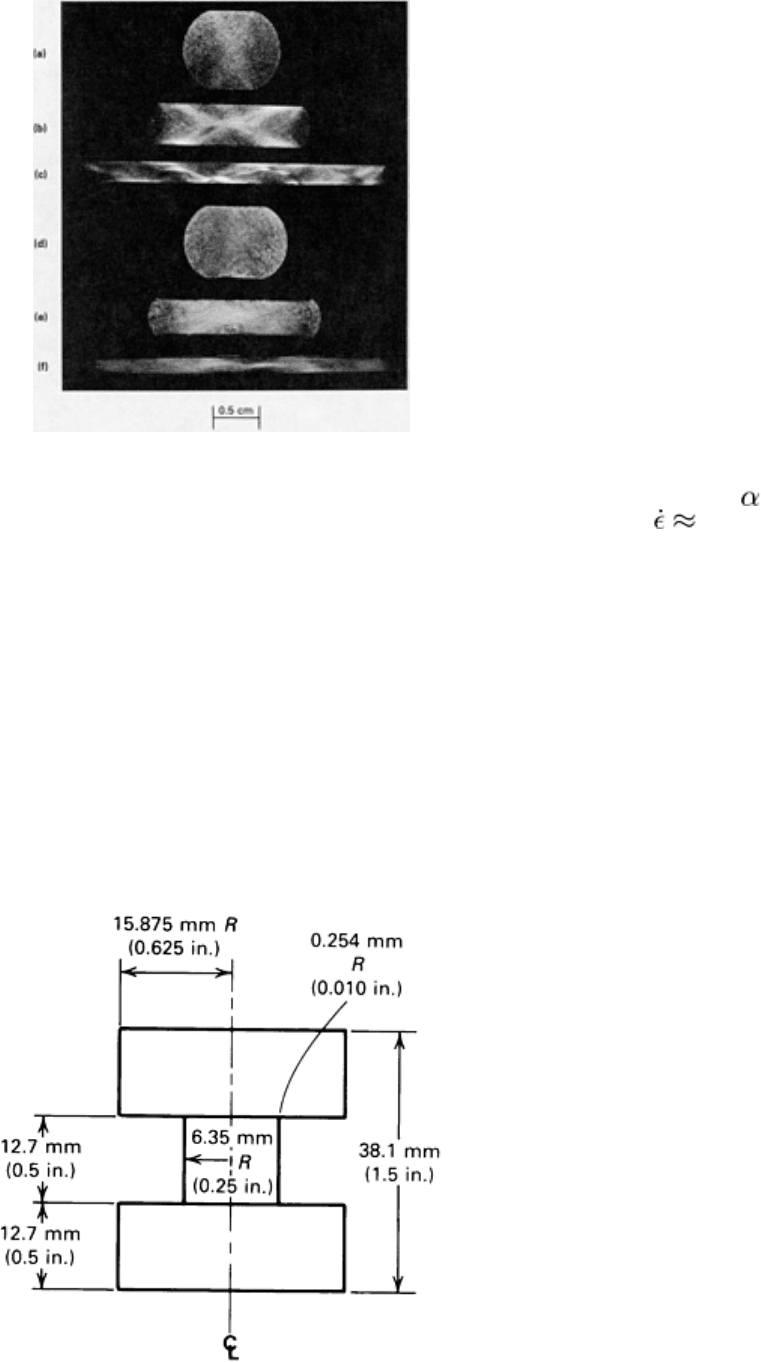
Fig. 26 Transverse metallographic sections of specimens of Ti-6Al-2Sn-4Zr-2Mo-0.1Si with an equiaxed
structure. Specimens were nonisothermally sidepressed with zero dwell time in a mechanical press ( 30 s
-1
)
between dies heated to 191 °C (376 °F). Specimen preheat temperatures (T
s
) and percent reductions (R
),
relative to the initial specimen diameter, were as follows: (a) T
s
: 913 °C (1675 °F); R: 14%. (b) T
s
: 913 °C
(1675 °F); R: 54%. (c) T
s
: 913 °C (1675 °F); R: 77%. (d) T
s
: 982 °C (1800 °F); R: 21 %. (e) T
s
: 982 °C (1800
°F); R: 57%. (f) T
s
: 982 °C (1800 °F); R: 79%. Source: Ref 32.
Testing to evaluate material susceptibility to localized deformation can also involve the use of a cylindrical upset
specimen with a reduced gage section (Ref 33), as shown in Fig. 27. The ability of the material to distribute deformation
(Fig. 28) is measured by an empirical parameter--percent distributed gage volume (DGV). The larger the DGV
percentage, the greater the penetration of the deformation into the heavy ends of the specimen and the greater the ability
of the material to distribute deformation. Figure 29 shows the metallographic appearance of the condition with distributed
flow (Fig. 29a) and concentrated deformation (Fig. 29b). Figure 30 illustrates that the DGV percentage is a sensitive
parameter for detecting flow localization.
Fig. 27 Shape and dimensions of cylindrical compression specimen with a reduced gage section.
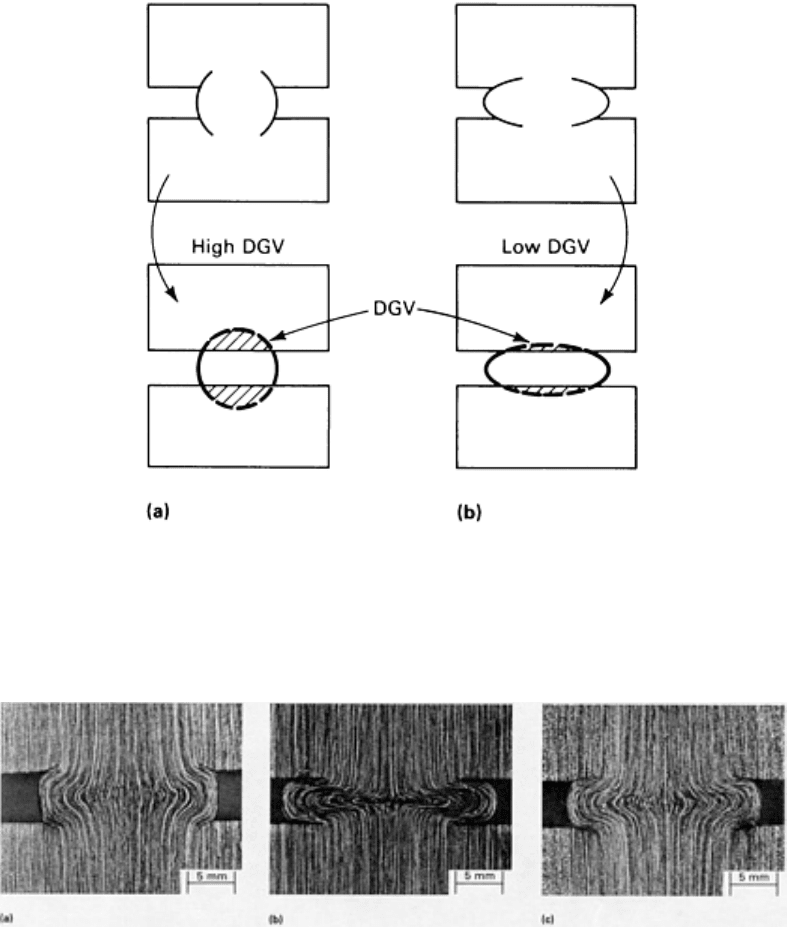
Fig. 28
Schematic of specimen cross sections showing the relative amount of gage volume penetration (DGV)
into the specimen ends for two different deformation behaviors.
(a) Distributed deformation. (b) Concentrated
deformation. Source: Ref 33
Fig. 29
Light micrographs showing variations in flow line contours and gage penetration into the specimen
ends. After press forging at 650 °C (1200 °F) (a), 815 °C (1500 °F) (b), and 870 °C (1600 °F) (c).
Etched in
oxalic acid
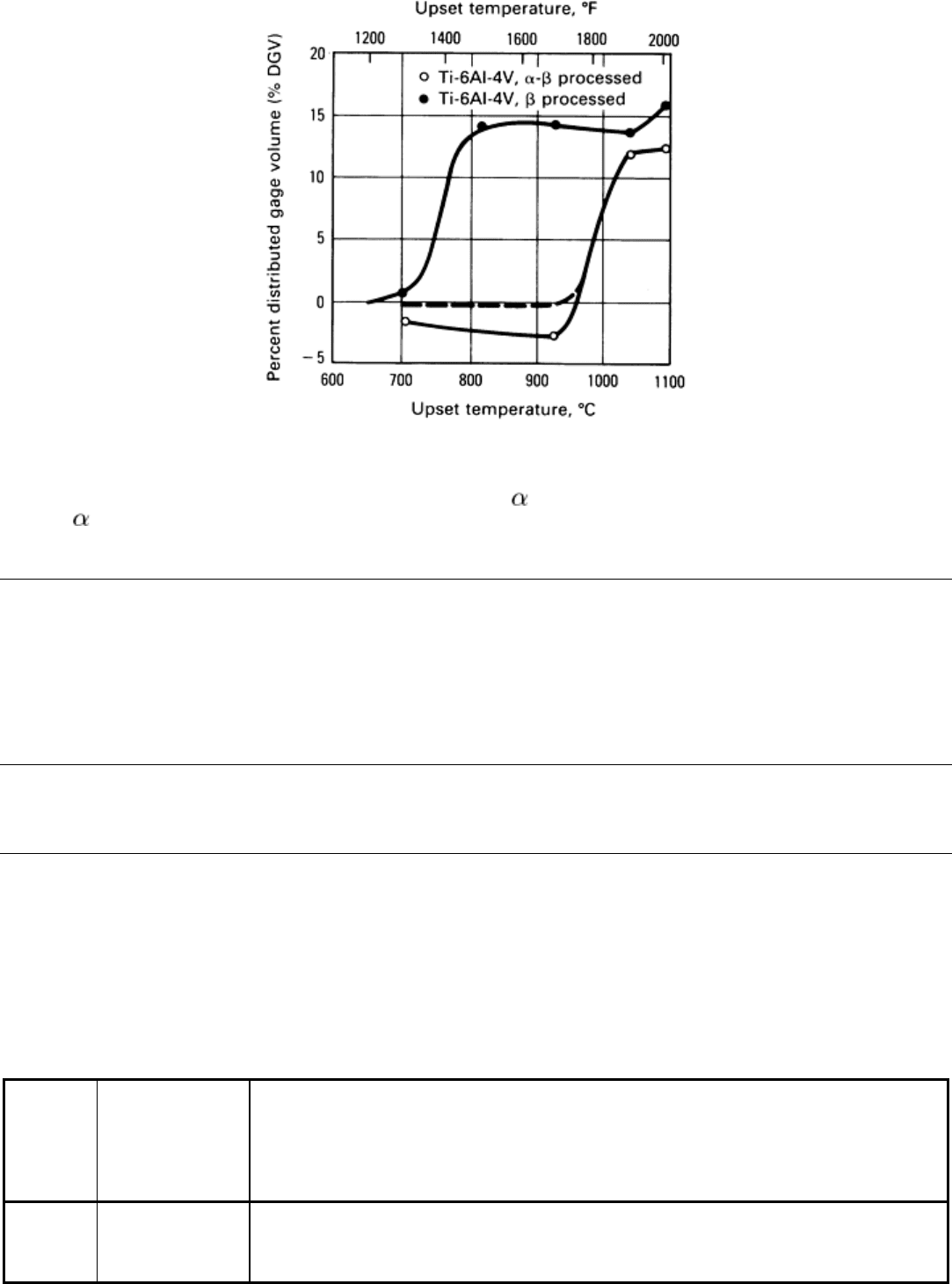
Fig. 30 Variation in DGV percentage for pressed specimens of Ti-6Al-
4V as a function of upset temperature.
Closed circles indicate starting microstructures of globular
. Open circles indicate starting microstructure of
acicular . Source: Ref 33
References cited in this section
32.
S.L. Semiatin and G.D. Lahoti, The Occurrence of Shear Bands in Nonisothermal, Hot Forging of Ti-6Al-
2Sn-4Zr-2Mo-0.1Si, Metall.Trans. A, Vol 14A, 1983, p 105
33.
M.C. Mataya and G. Krauss, A Test to Evaluate Flow Localization During Forging, J. Appl. Metalwork.,
Vol 2, 1981, p 28-37
Workability Tests
George E. Dieter, University of Maryland
Forging Defects
Cracking in Cold Forging. The types of cracks that develop in cold forging by upsetting-type processes are discussed
in Ref 31. The various geometric forms of cold forging are shown in Fig. 31. The classification of cracks is given in Fig.
32. Table 3 provides a detailed description of each type of crack.
Table 3 Characteristics of cracks and crack growth mechanism
Cracking
type
No. of working
method in the
chart
(see Fig. 31)
Characteristics of cracking and
estimation of crack growth
mechanism
α 00, 01, 11, 02, 21,
22, 08, 87, 07, 77,
09, 03, 33, 04, 44,
External cracking that appears at midheight of side surface of the specimen in the upsetting;
two types of cracks, longitudinal and oblique, occur according to the degree of end constraint
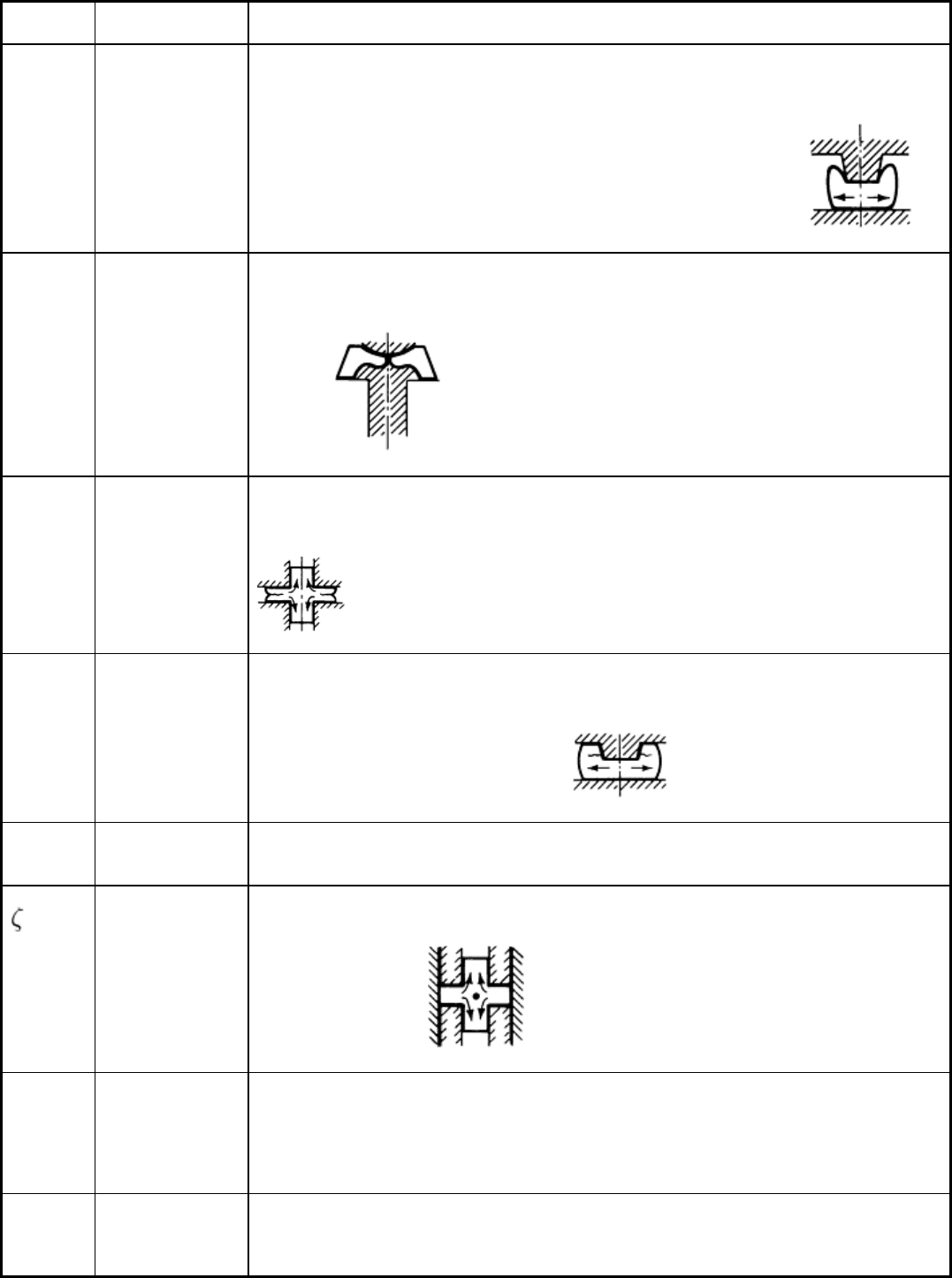
43
of specimen; they are all shear cracks
β 08, 88, 87, 89, 04,
44, 43
Longitudinal cracking that occurs at the bottom of the concave part of the specimen (in
upsetting by a circular truncated cone punch); it is a shear crack based on the section of the
specimen and is caused by the expansion of material under the cone punch due to
circumferential flow; prevention requires selection of a suitable punch shape
γ 03, 33, 05, 55, 07,
77, 87, 43, 06, 66,
65
Shear cracking that appears at the corner of extruded material in free extrusion (coining);
cracking occurs at the boundary between dead-metal and plastic zones; surface cracking is
caused by cracks that occur at the corners; prevention requires selection of a suitable diameter
for the die
δ 33
Cracking that occurs at midheight of material in flange in two direction free extrusion without
side constraint; the material is extruded forward and backward; therefore, cracking is caused
by the depression of material in flange; prevention requires selection of a suitable diameter die
ε 08, 87, 88, 89
Cracking that occurs at midheight on inside surface of the concave part and is advanced in a
circumferential direction in upsetting by the circular truncated cone punch; crack starts at the
point where the material around the concave portion bends toward the inside; prevention
requires selection of a suitable punch shape
α+ β 08, 87, 88, 89
Cracking in which α and β cracks coexist
55
Cracking that occurs at the center of material with the sides constrained and forward and
backward extrusion; the cavity occurs at the center of material, as material is extruded
forward and backward
η 08, 87, 88, 89
Cracking that appears to advance from upper and side surface of concave portion to the top of
specimen (in upsetting by a circular truncated cone punch); in cross section, the cracks are
distributed radially; in the case of a large tapered punch, cracks are caused by the expansion of
upper part of specimen by the punch; prevention requires selection of a suitable punch shape
κ 05, 55
Cracking that occurs at the center of specimen when excessive reduction is imposed on the
specimen in extrusion and drawing
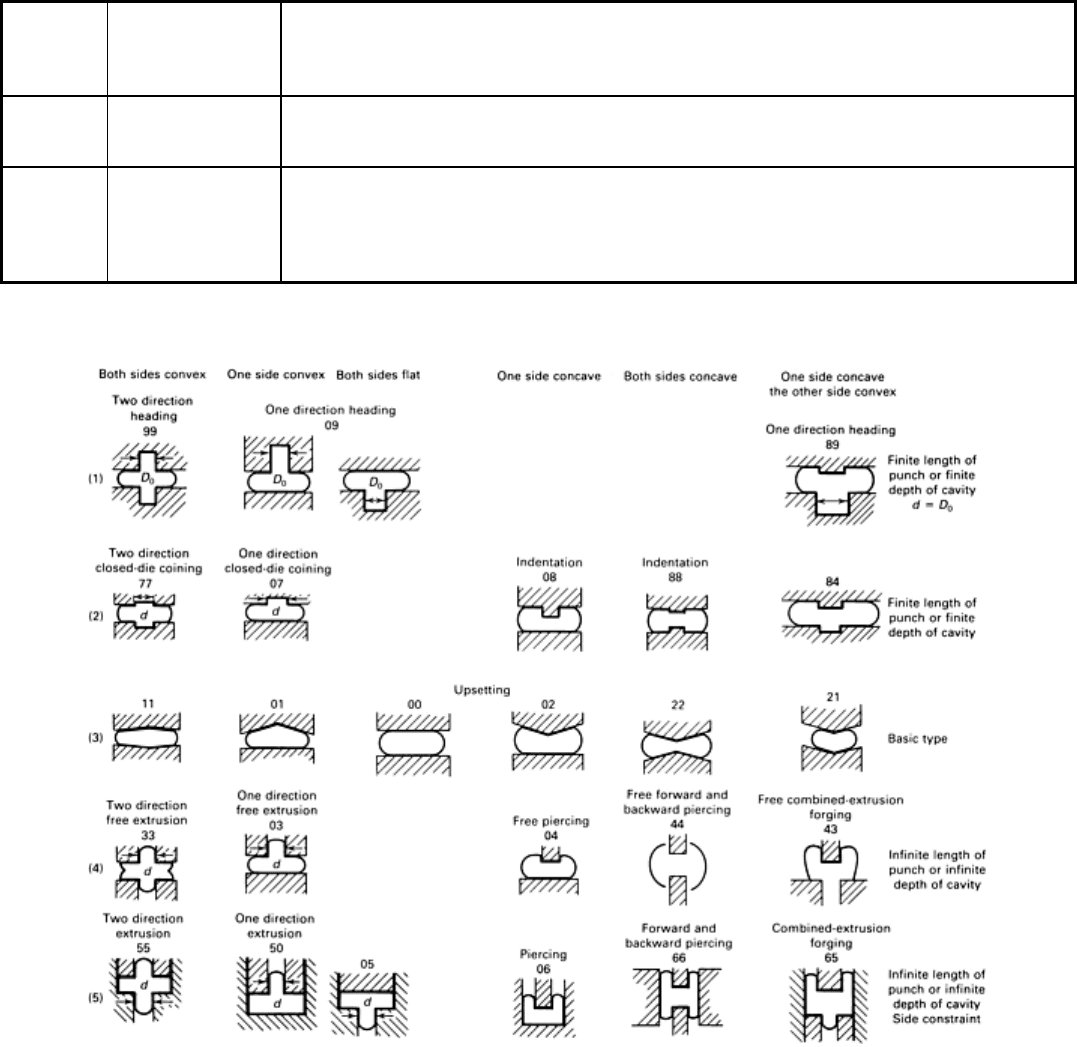
μ 66
Peripheral cracking that occurs at midheight on the side surface of the specimen in forward
and backward piercing and 45° shearing crack with respect to longitudinal axis
λ 06, 65, 66
Cracking that occurs at the bottom of the concave portion in piercing
θ 07, 99 Microscopic cracks that occur at the boundary between top and bottom dead metal and at the
point of inflection of the metal flow in case of excessive upsetting of a bolt head in bolt forging;
in practical use, the splitting off of the head is caused by these microscopic cracks
Source: Ref 31
Fig. 31 Working methods in cold working. Cross-hatching indicates tool shape. See Table 3
for a description of
the working method numbers. Source: Ref 31
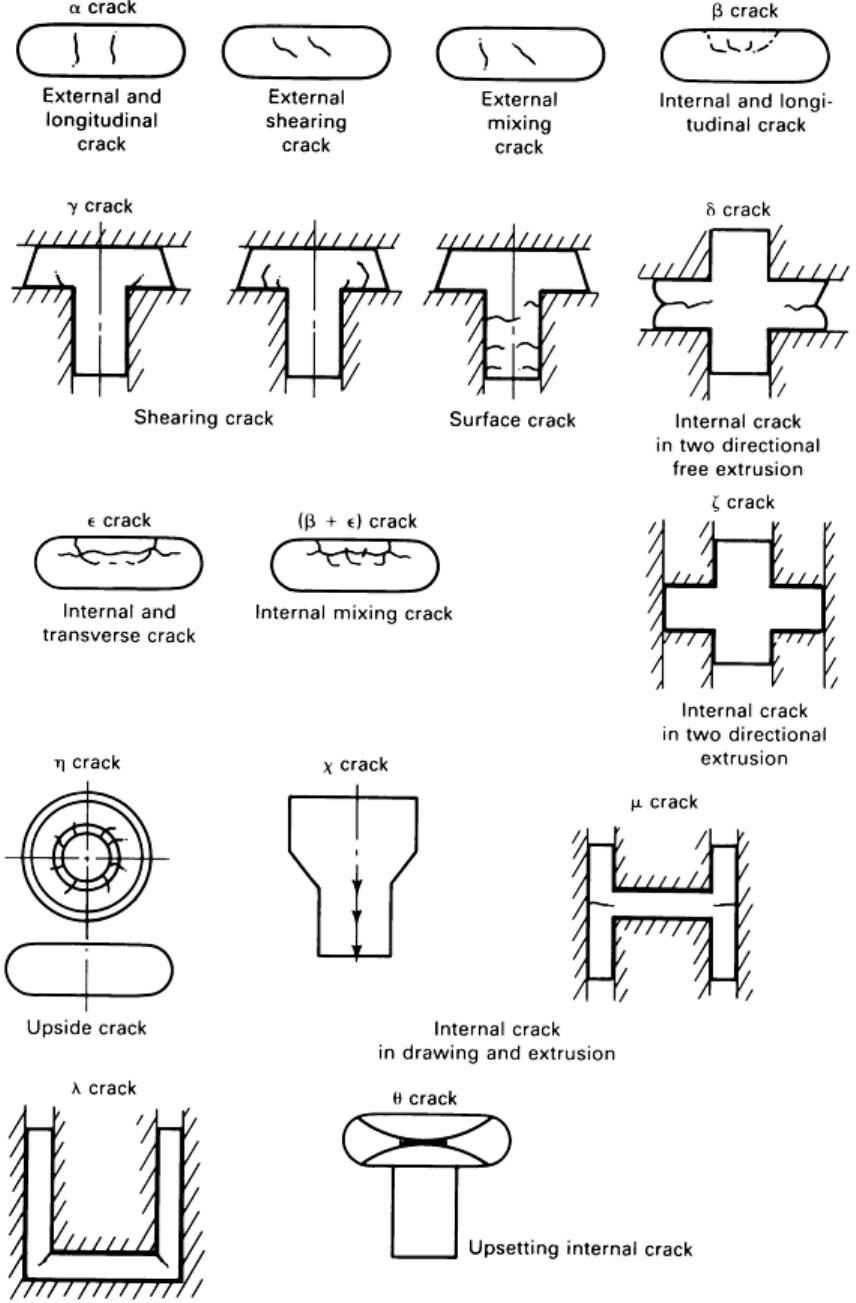
Fig. 32 Classification of cracks. Greek letters indicate type of cracking. See also Table 3. Source: Ref 31
Defects in Closed-Die Forging. The defects discussed above can also occur in closed-die forging. However, other
defects in addition to fracture and localized flow occur in closed-die forging. These defects often result from such factors
as improper selection of the starting or preform shape of the workpiece, poor die design, improper selection of lubricant,
temperature, or working speed.
The principal defects in closed-die forging are laps, flow-through defects, extrusion defects, and cold shuts. Laps are
defects that form when metal folds back over itself during forging. For example, in the finish forging of a webbed forging
in which the preform web is too thin, the web may buckle and fold back onto itself. In addition, in the forging of a web,
the metal may flow nonuniformly and cause a lap (Fig. 33). Frequently, a lap results from an excessively sharp radius in
the forging die. Figure 34 shows a forging lap at a sharp radius.
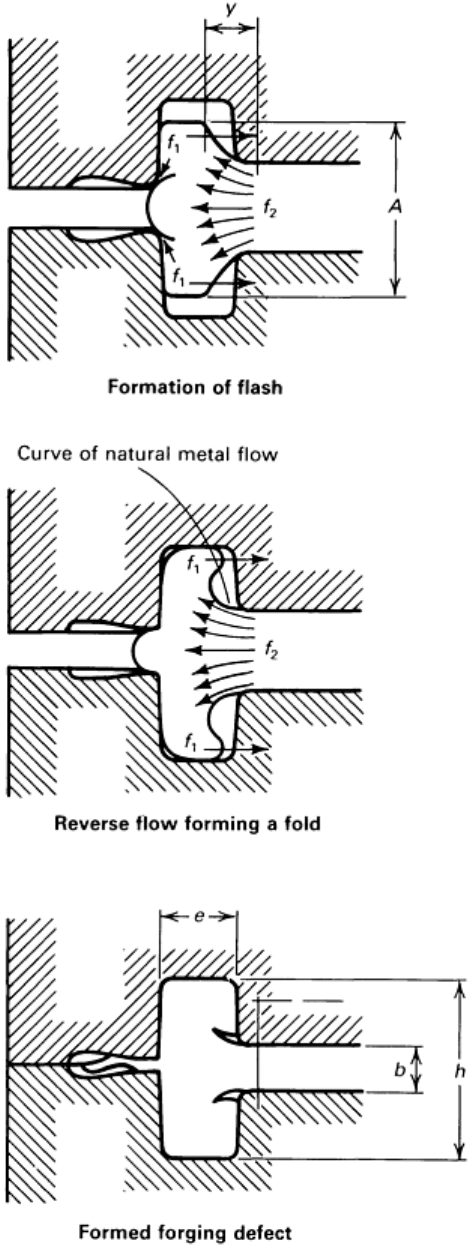
Fig. 33 Lap formation in the rib of a rib-web part due to improper preform geometry. Source: Ref 34
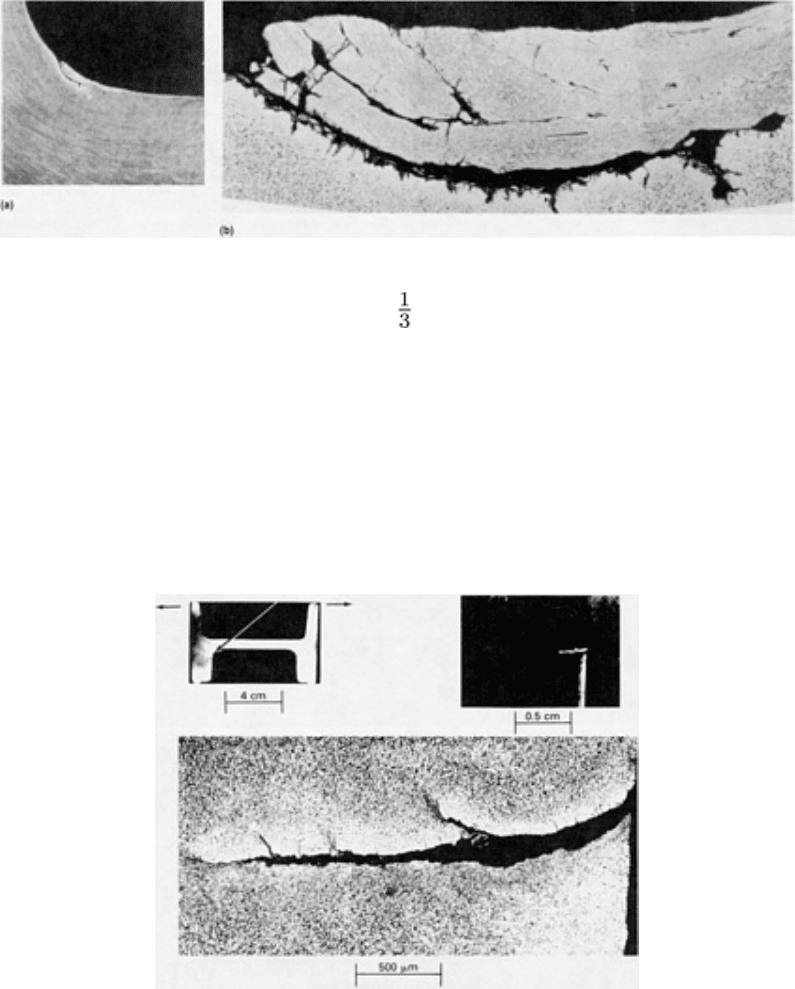
Fig. 34 Lap defect in Ti-6Al-4V bulkhead forging. (a) 3 ×. (b) 50×. Courtesy of F. Lake an
d D. Moracz, TRW,
Inc.
Flow-through defects are flaws that form when metal is forced to flow past a recess after the recess has filled or when
material in the recess has ceased to deform because of chilling (Fig. 35). Similar to laps in appearance, flow-through
defects can be shallow, but they are indicative of an undesirable grain flow pattern or shear band that extends much
deeper into the forging. Flow-through defects can also occur when trapped lubricant forces metal to flow past an
impression.
Fig. 35 Flow-through defect in Ti-6Al-4V rib-web structural part. Source: Ref 35.
Extrusion-type defects are formed when centrally located ribs formed by extrusion-type flow draw too much metal from
the main body or web of the forging. A defect similar to a pipe cavity is thus formed (Fig. 36). Methods of minimizing the
occurrence of these defects include increasing the thickness of the web or designing the forging with a small rib opposite
the larger rib, as shown in Fig. 36.
